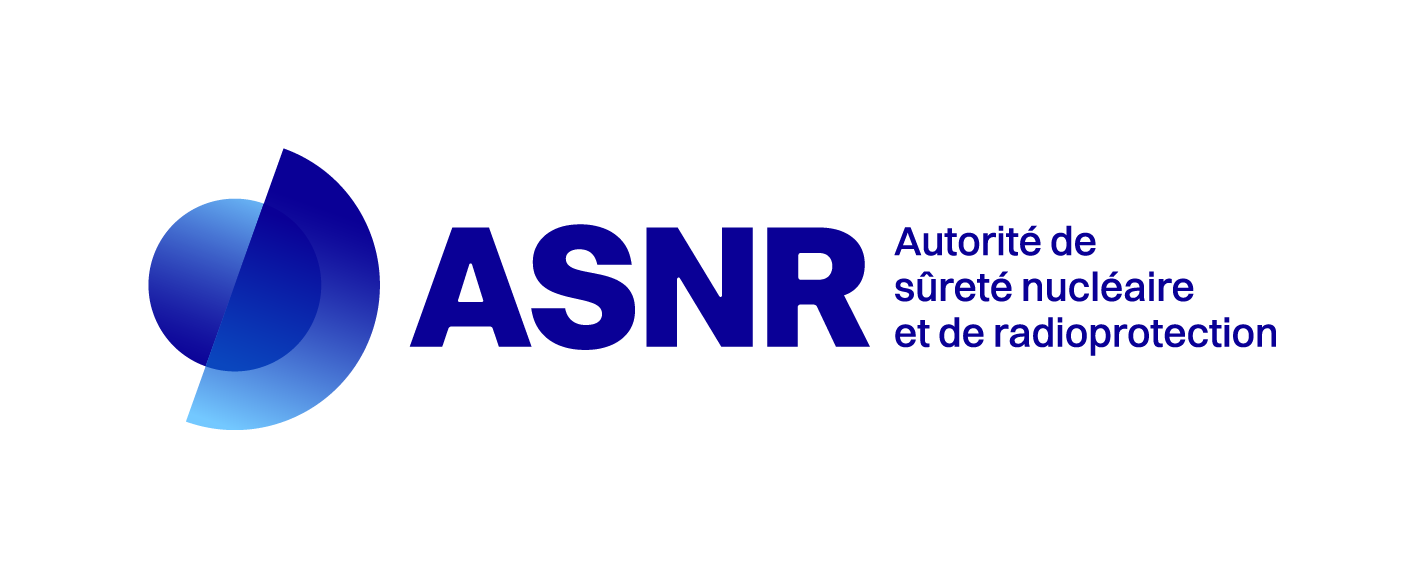A new approach to account for the steel-concrete interface in case of industrial structure applications using kinematic projection
Résumé
The aim of this work is to study the mechanical behaviour of reinforced concrete structures requiring robust characterisation, such as auxiliary civil engineering structures
in nuclear power plants. In particular, we are interested in identifying the proportion of
energy dissipated at the steel-concrete interface of a structure subjected to dynamic
loading. Also, the consideration of this steel-concrete interface in numerical simulations is of significant importance in the realistic estimation of the cracking process
and crack distribution in reinforced concrete structures [1]. However, the numerical
strategies proposed in the literature are not fully appropriate to provide an accurate
prediction of cracking at the local level of the interface (spacing and opening of cracks)
for large scale structures whose computation is very costly [2]. Therefore, the main
objective of this study is to propose a new modelling strategy to take into account the
behaviour of the steel-concrete bond. To this end, kinematic relationships between
the displacements of steel and concrete at the interface that depend on the loading
level increment are provided. In this work, both analytical and numerical aspects of
the adopted kinematic projection approach are presented. To validate the concept,
simple and standardised elementary tests are presented.
Domaines
Sciences de l'ingénieur [physics]| Licence |
Copyright (Tous droits réservés)
|
|---|
